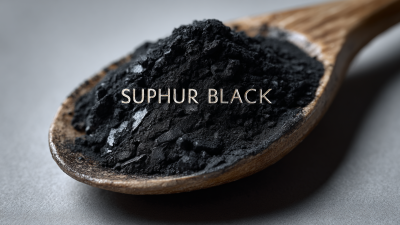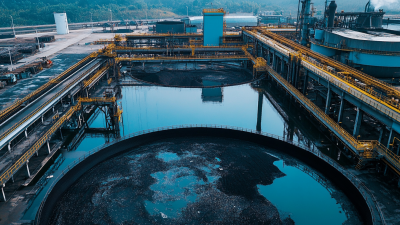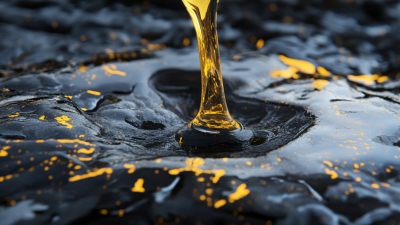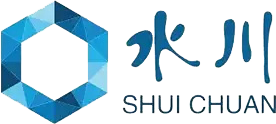The versatile applications of Sulphur Black in the textile and dye industry have been gaining attention as markets seek sustainable and cost-effective solutions. According to recent reports from the Textile World Market Analysis, the demand for Sulphur Black has seen a significant surge, driven by its unique properties such as excellent fastness characteristics and economic viability. With a continuous market growth of 4.5% projected annually, Sulphur Black is becoming a staple in various textile segments, particularly in denim production and synthetic fiber dyeing processes. Moreover, the increasing emphasis on eco-friendly practices has led many manufacturers to adopt Sulphur Black, which is renowned for its lower environmental impact compared to traditional dyeing methods. This article aims to explore the multifaceted uses of Sulphur Black in modern textiles and dyes, shedding light on its advantages and potential impacts in shaping future industry standards.

Sulphur black is gaining traction in the textile industry for its unique properties and versatility. From its origins as a dye for fabrics, it has evolved into a key player in sustainable fashion. One innovative application of sulphur black is in the production of organic cotton textiles. When used with natural fibers, this dye enhances colorfastness while maintaining the ecological integrity of the fabric. The result is a beautiful, deep black that appeals to environmentally conscious consumers seeking stylish yet sustainable options.
Tips: To make the most of sulphur black in textile production, consider pre-treating fabrics with a suitable fixative to improve dye adherence and longevity. Additionally, experimenting with various application techniques, such as pad dyeing or exhaust dyeing, can yield different shades and effects, allowing designers to explore creative possibilities.
Another noteworthy application is in the realm of performance textiles. Sulphur black’s excellent lightfastness and resistance to wash wear make it ideal for outdoor apparel. This innovative approach not only enhances the durability of sportswear but also aligns with the growing trend toward functional fashion. As brands seek to merge practicality with style, sulphur black is proving to be an essential component of modern textile production.
Sulphur Black has gained recognition not only for its rich pigmentation but also for its eco-friendly properties, making it a popular choice in modern textile dyeing processes. One of the most significant environmental benefits of using Sulphur Black is its lower water consumption. According to a study published by the Sustainable Apparel Coalition, traditional dyeing methods can consume between 40 to 100 liters of water per kilogram of fabric dyed. In contrast, the use of Sulphur Black can reduce water usage by approximately 30%, contributing to more sustainable practices in the textile industry.
Moreover, Sulphur Black dyes are often produced using more environmentally friendly processes. A report from the Textile Exchange highlights that when manufactured under controlled conditions, Sulphur Black can lead to reduced emissions of harmful substances, often lowering the total chemical oxygen demand (COD) in wastewater by up to 50%. Additionally, its ability to adhere strongly to fabrics minimizes the need for fixation chemicals, further decreasing environmental impact. This versatility and reduced ecological footprint make Sulphur Black an appealing option for manufacturers looking to enhance their sustainable practices while maintaining high-quality dyeing standards.
Sulphur Black is a dye that has garnered interest in the textile industry due to its unique properties and versatility. When compared to other dye types such as reactive and vat dyes, Sulphur Black stands out for its cost-effectiveness and environmental benefits. While reactive dyes offer vibrant colors and good wash fastness, they often require extensive water and energy during the dyeing process. In contrast, Sulphur Black can be applied with less water and energy, making it a more sustainable choice in many scenarios.
Another important aspect of Sulphur Black is its excellent light and wash fastness compared to direct dyes. While direct dyes are easy to apply and offer a wide range of shades, they often lack durability, leading to fading over time. Sulphur Black, however, maintains its richness even after repeated washes, making it ideal for garments that undergo regular laundering. This durability not only enhances the garment's lifespan but also reduces the need for frequent re-dyeing, contributing to lower overall textile waste. Thus, while different dye types have their own advantages, Sulphur Black presents a compelling option through its balance of cost, sustainability, and performance.
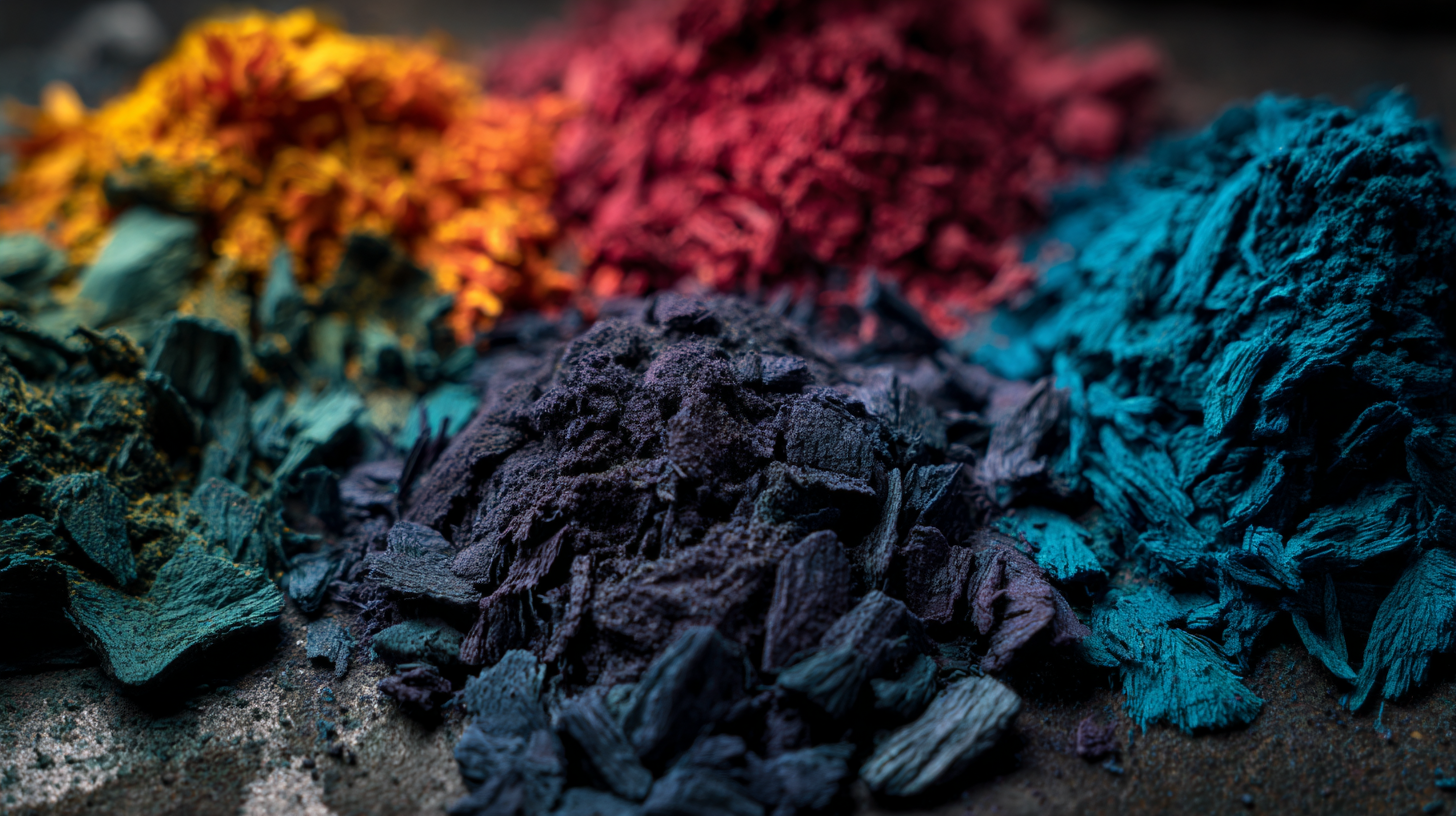
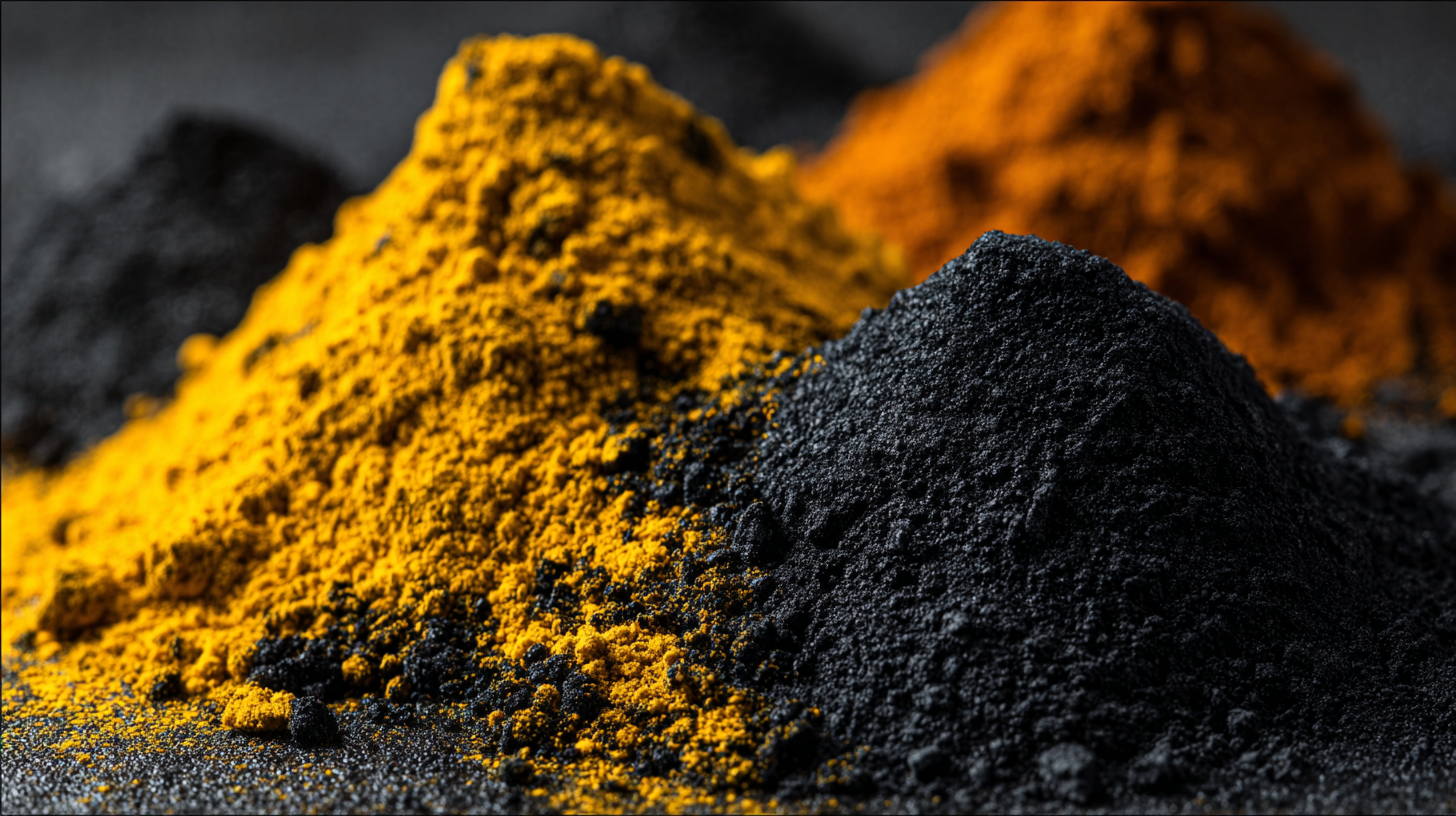 When working with Sulphur Black in textile applications, achieving consistent color quality is paramount. One important tip is to pay close attention to the dyeing process parameters, including temperature, time, and pH levels. Ensuring these factors are meticulously controlled can lead to uniform dye uptake across different fabric types. Additionally, pre-treatment of textiles can enhance color adherence, improving the overall dye efficiency and depth of the final color.
When working with Sulphur Black in textile applications, achieving consistent color quality is paramount. One important tip is to pay close attention to the dyeing process parameters, including temperature, time, and pH levels. Ensuring these factors are meticulously controlled can lead to uniform dye uptake across different fabric types. Additionally, pre-treatment of textiles can enhance color adherence, improving the overall dye efficiency and depth of the final color.
Another crucial aspect is the choice of auxiliary chemicals that can help stabilize the dyeing process. Utilizing suitable reducing agents and ensuring proper fixation can significantly impact the final appearance of the fabric. Regularly calibrating dyeing equipment and conducting color fastness tests can further assure that the output meets the desired quality standards. By following these practices, textile manufacturers can fully exploit the versatile applications of Sulphur Black while maintaining high-quality results in their products.
The future of sulphur black technology in textiles is promising, especially with advancements that cater to modern consumer demands for quality and sustainability. The recent launch of innovative dyeing processes is a clear reflection of this trend. For instance, the market for textile dyes is projected to reach USD 17.48 billion by 2032, fueled by the rising demand for customized apparel and new innovations in waterless dyeing technologies. This signals a pivotal shift towards more efficient and eco-friendly methods in the dyeing sector.
Moreover, with the introduction of advanced black dye products, like DIRESUL EVOLUTION BLACK, brands are able to produce authentic black denim that aligns with current fashion trends while minimizing environmental impact. The sophistication of these advancements means that creative applications of sulphur black can now be explored, reducing water usage and enhancing dye performance.
**Tips for textile brands:** Consider investing in new dye technologies that reduce environmental footprints while meeting quality standards. Engaging with suppliers who prioritize sustainable practices will not only help meet regulatory requirements but also appeal to eco-conscious consumers. Staying ahead of market trends and innovations can position your brand favorably in the competitive landscape of textile and dye markets.
| Application Area | Advantages | Future Trends | Technological Advancements |
|---|---|---|---|
| Cotton Dyeing | High color fastness, Cost-effective | Biodegradable alternatives | Nano-technology for improved fixation |
| Wool Dyeing | Excellent depth and richness in color | Sustainable practices in production | Eco-friendly processing technologies |
| Polyester Dyeing | Vivid colors, Good wash fastness | Use of recycled materials | Advanced dyeing machinery and processes |
| Textile Finishing | Enhanced performance properties | Smart textiles integration | Development of functional dye finishes |
| Prints and Patterns | Customization and detail | Digital printing methods | Improved compatibility with textiles |
